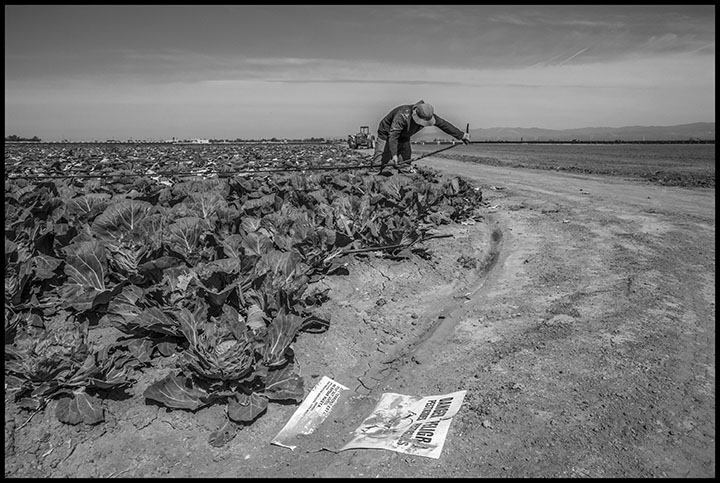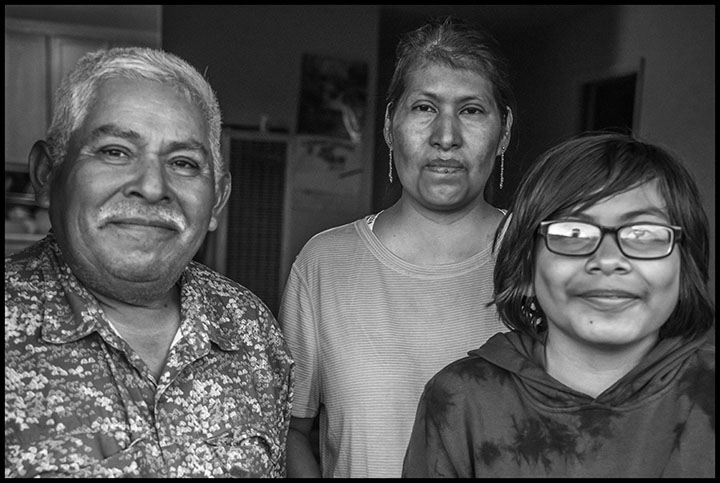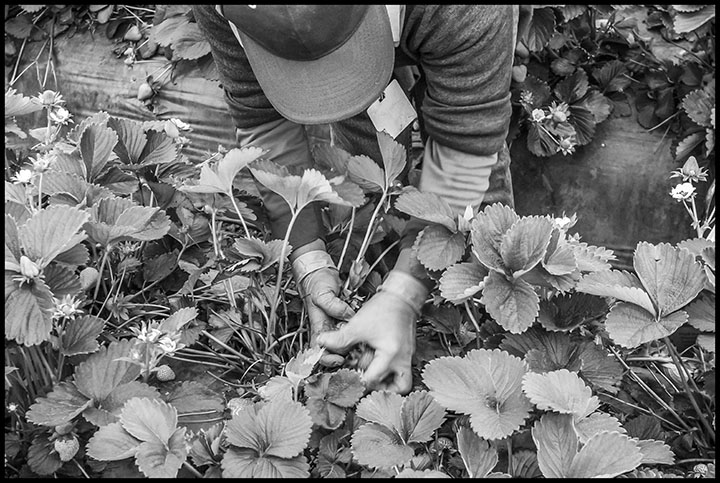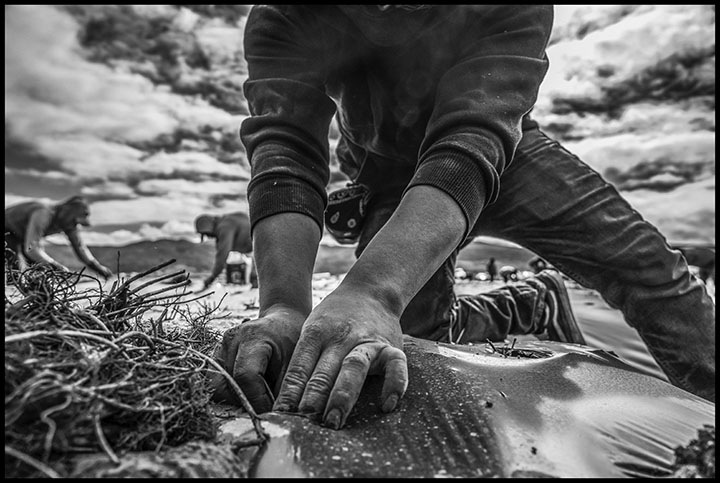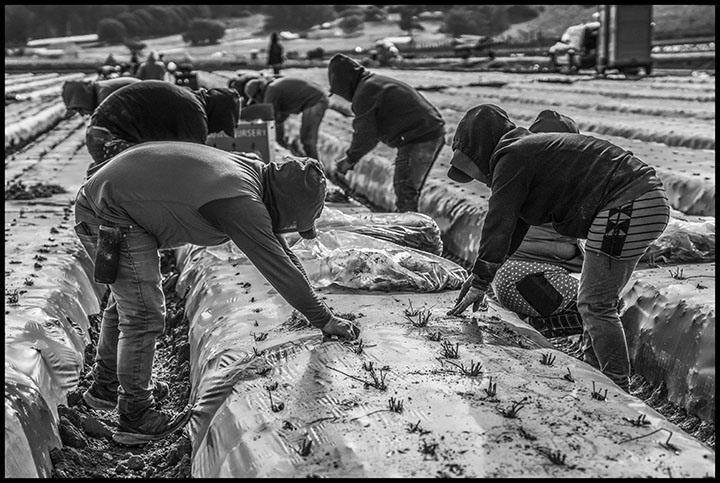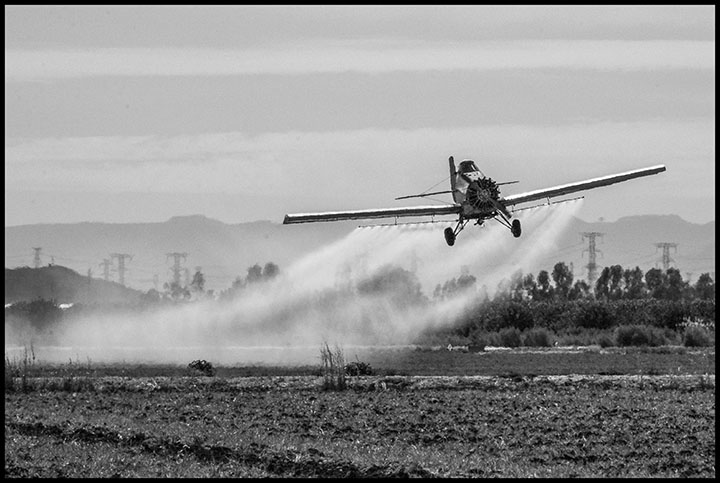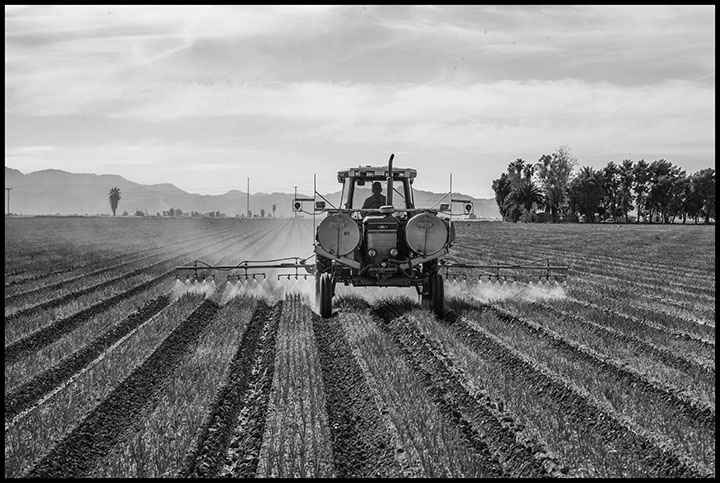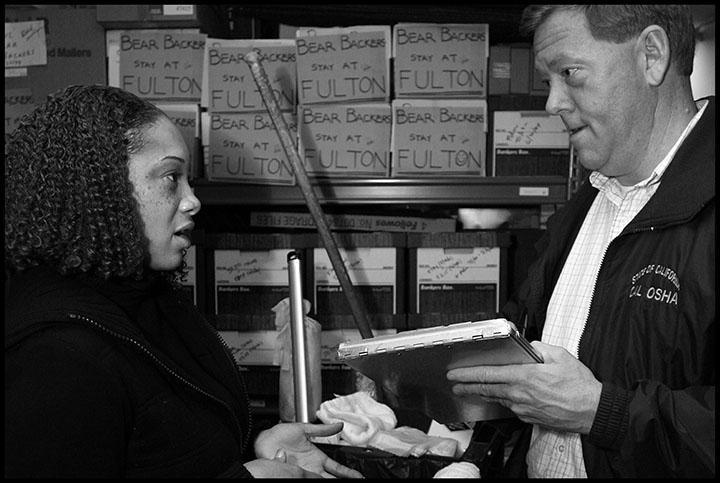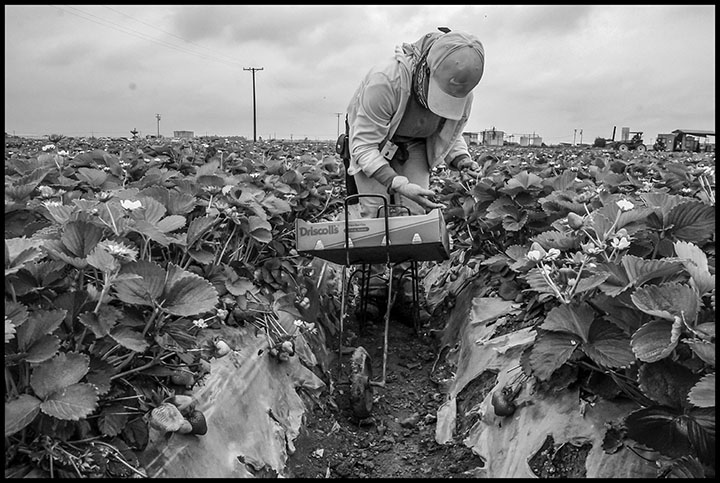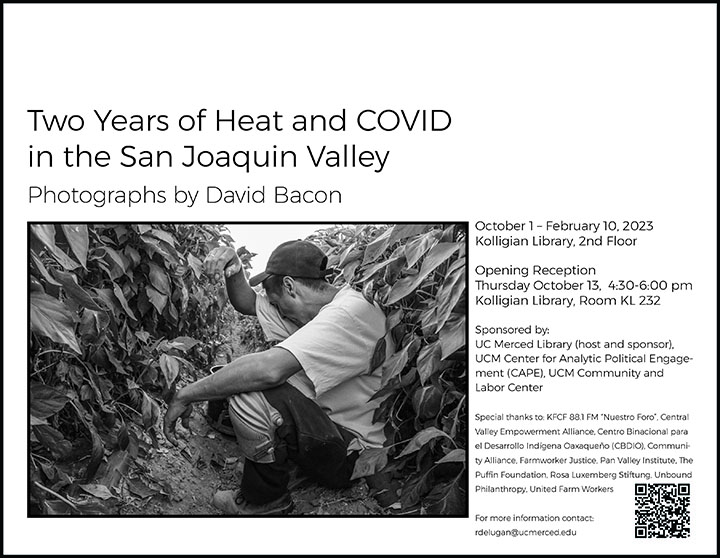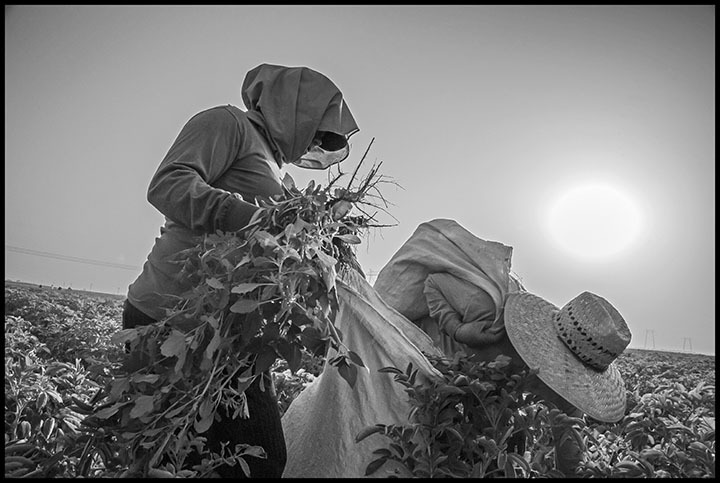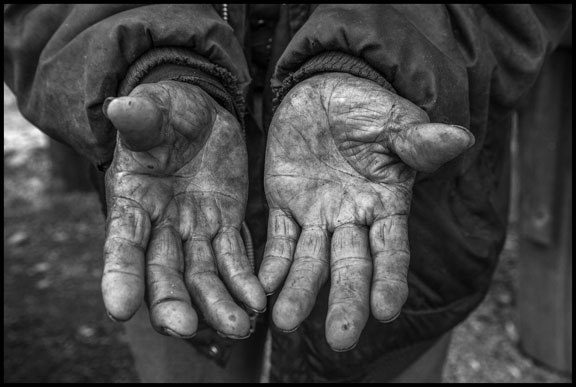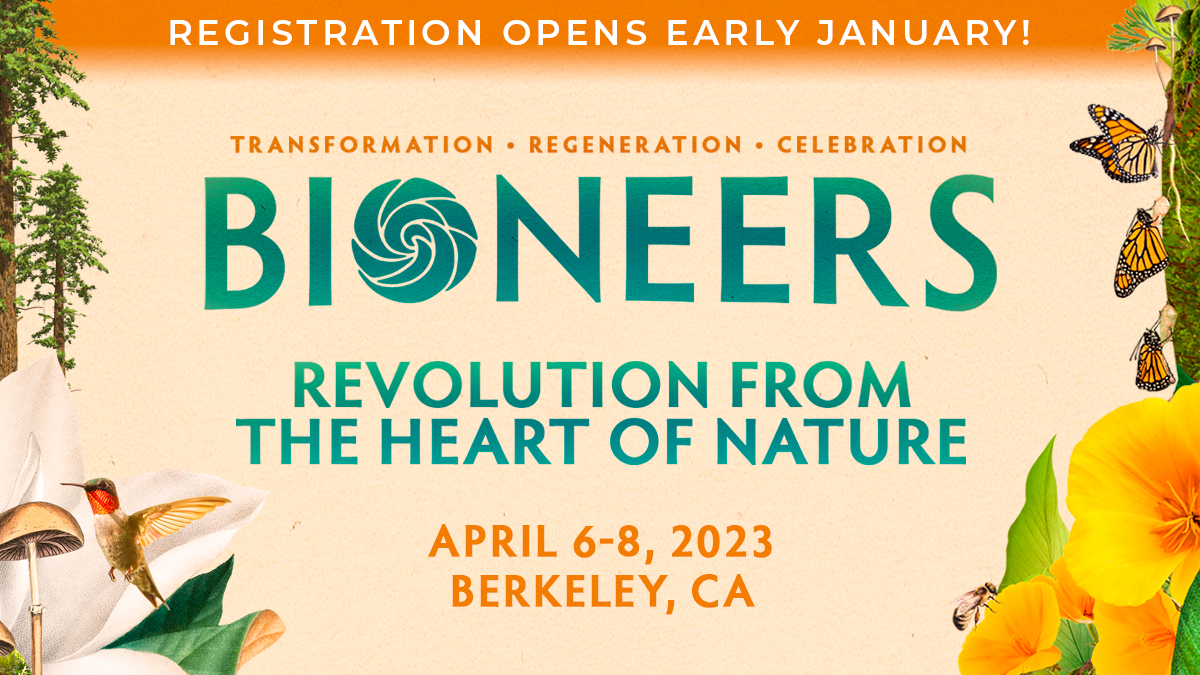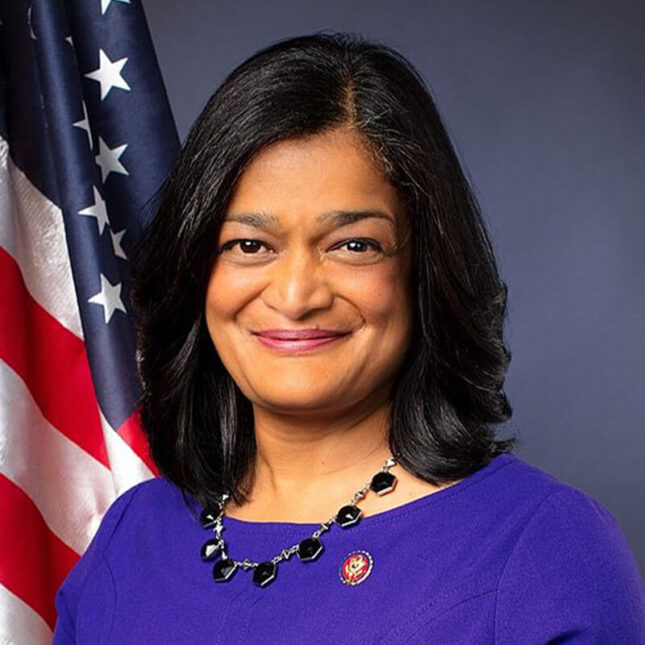MEHR NEWS AGENCY reports the Turkish government has again bohmbed northern Iraq, Duhok Province specifically, and reminds that it has "established 58 military bases" in the KRG over the last "two and a half years."
International powers, especially the UN, the US and the EU, should take a stand against Turkey's reckless attacks in Iraq and Syria. They should not be complicit in the war crimes carried out by the Turkish Republic.#NoFlyZone4RojavaNow https://t.co/62mmVcLYRH
— Roni (@Roni21473434) December 11, 2022
It was the establishment of a No-Fly-Zone over Northern Iraq/Bashur that protected the Kurds against the Ba’ath regime & dictator Saddam Hussein. A similar #NoFlyZone4RojavaNow is needed to protect the most vulnerable communities in Northern & Eastern Syria against Turkey! pic.twitter.com/mlhtTUK91A
— Koban (@Rubar91568968) December 10, 2022
International powers, especially the UN, the US and the EU, should take a stand against Turkey's reckless attacks in Iraq and Syria. They should not be complicit in the war crimes carried out by the Turkish Republic.#NoFlyZone4RojavaNow pic.twitter.com/tstbWSMTVy
— Rêvaz Ebdî (@Revazebdi) December 10, 2022
The leaders of Syria, Iraq and Kurdistan have no dignity or honor for allowing Turkey to attack their land. They don't deserve to be in leadership position.
— Maryam B.M (@Maryam9576) December 11, 2022
Staying focused on the Kurdistan, Amberin Zamin (AL-MONITOR) reports:
With its aura of relative calm and Western-friendly vibes, Iraqi Kurdistan was for decades hailed as the other Iraq. Today, Iraqi Kurdistan is under assault. Since early this year, Iran has carried out a series of cross-border missile and drone attacks against the Kurdish region, targeting its capital, Erbil, and more recently Iranian-Kurdish militias, which Tehran blames for the mass protests that have rocked the country since the Sept. 16 death in police custody of Kurdish Iranian woman Mahsa Amini. Dozens of people including women and children have died in the strikes, which prompted at least one international carrier to temporarily halt service to Erbil. Iran is now threatening a ground invasion should the Kurdistan Regional Government (KRG) continue to ignore its demands to disarm and intern those groups, something Iraqi Kurdish officials say is impossible for them to do.
Faced with such adversity, Kurdish leaders ought to be closing ranks. Instead, they are at each other’s throats, spinning a web of intrigue that would make Machiavelli blush.
In other news out of Iraq, Baghdad's hosting its annual international book fair. THE NATIONAL has a photo essay of the event.
The following sites updated:




